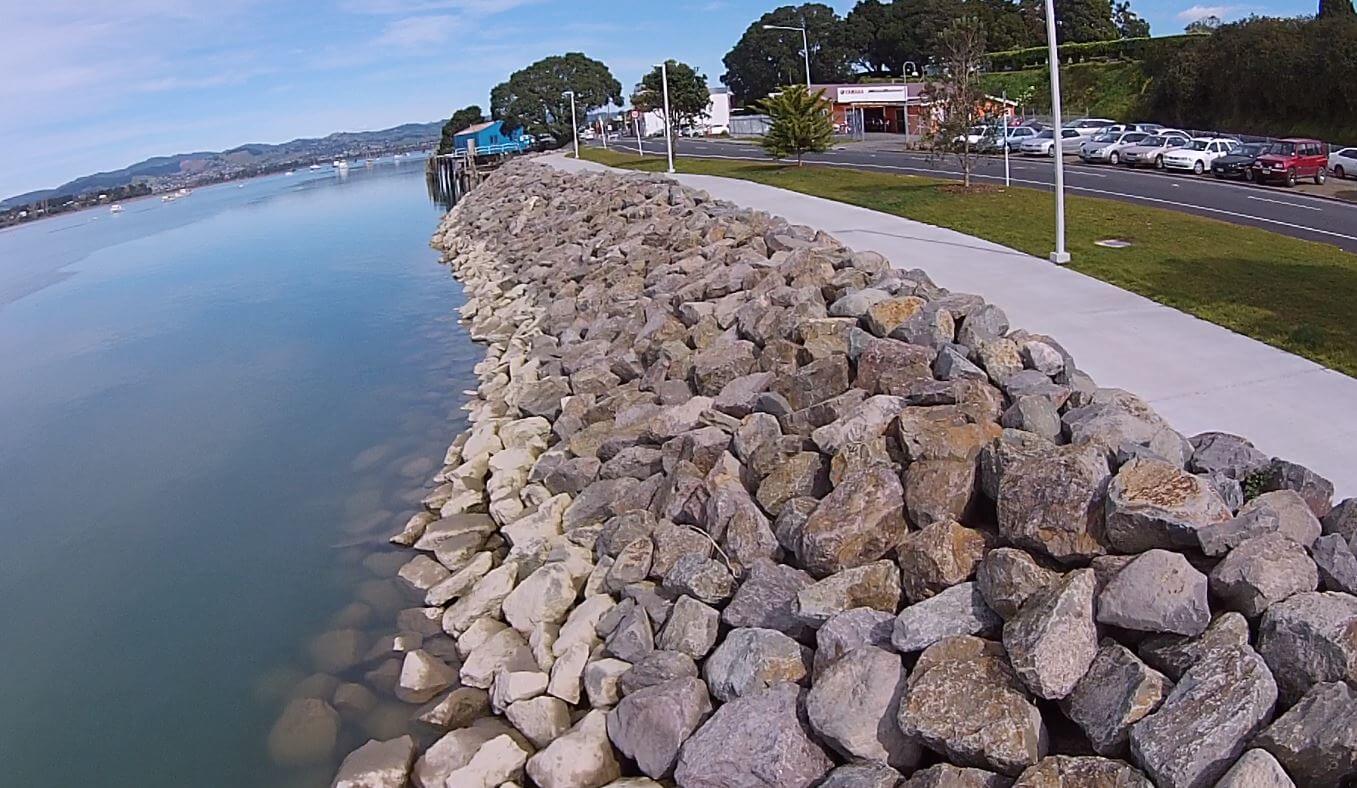A rock revetment seawall is a type of coastal defense structure that consists of a series of large, rocks deployed parallel to the shoreline as a means of preventing or slowing the advance of waves. Rock revetments are most commonly found along coasts with high waves and strong currents, but they can also be used to protect other sections of coastlines from erosion. If you are interested in learning more about revetment seawall construction options you can visit Coast Seawall.

Image Source: Google
The purpose of a rock revetment seawall is twofold: first, it serves as a physical barrier against the force of waves; and secondly, it reduces the impact that waves have on coastal infrastructure such as homes, businesses, and ports. The effectiveness of a rock revetment seawall primarily depends on its size, shape, and placement.
Most rock revetments are composed of large rocks that are at least 4 feet (1.2 meters) wide and 12 feet (3.7 meters) long. The rocks are placed at an angle so that they form an obstacle for waves approaching the shoreline. In order to keep the wall stable, it is important to place the rocks close together and anchor them into the ground using sand or other material.
Rock revetments can take many different forms depending on the location and needs of the coastline. Some examples include: linear walls, curving walls, ramparts, dunes, and berms. Each type has its own unique benefits and drawbacks that should be considered before construction begins.
